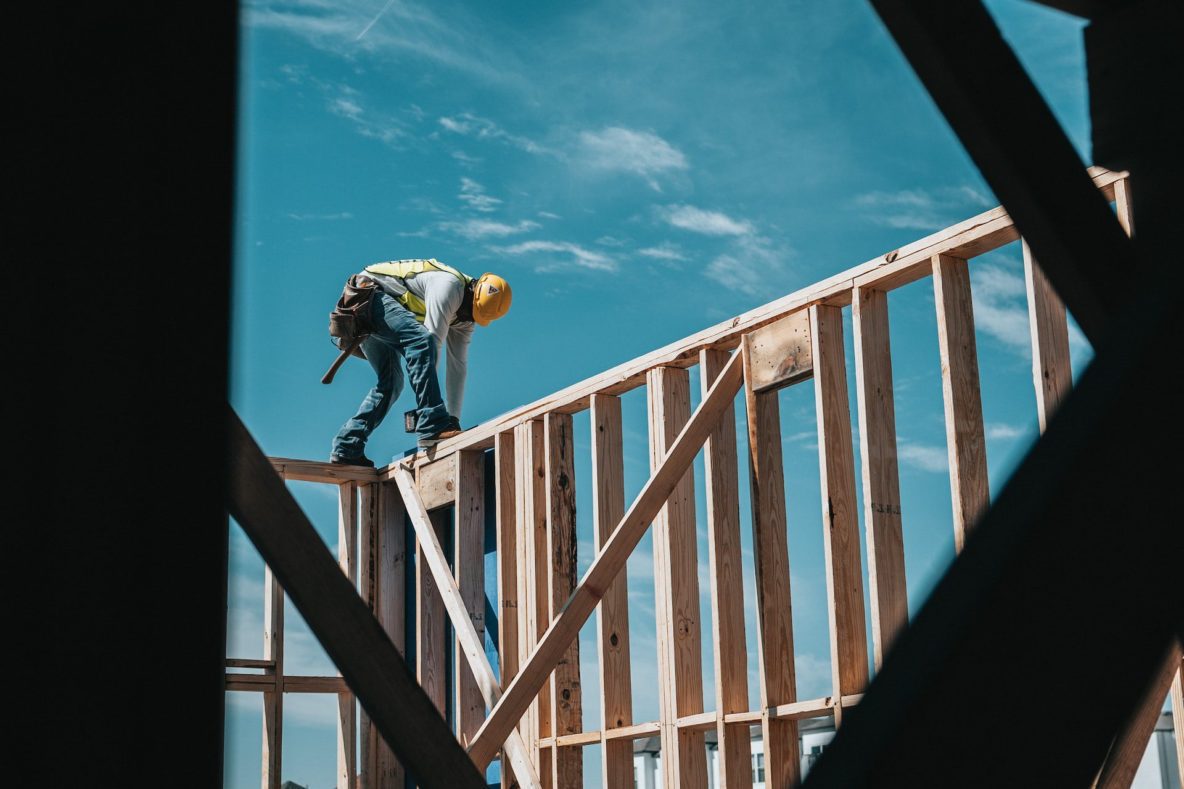Building a custom home rather than buying an existing property in Albuquerque might require a construction loan. This type of loan covers only the cost of building a custom house and covers a short time period.
Your home must then be completed before you can apply for a mortgage. You use the mortgage to pay for your completed home.
A construction loan is usually shorter-term and has a higher interest rate than a mortgage.
In most cases, loans last for a year, during which the property must be built and a certificate of occupancy must be obtained.
What Do Construction Loans Cover?
Building materials, permits, the cost of the land and your contractor's labor can all be covered by a construction loan. The money may also be useful for landscaping and appliances.
To get an accurate loan-to-value calculation, it is important to clarify with your lender what the construction loan will cover.
A contingency reserve is often included in construction loans. You can use the reserve to cover any unexpected construction costs. Your contingency reserve would be used if, for instance, you decide you would like higher-end cabinets than you originally planned.
How Do These Loans Work?
Variable interest rates are common for construction loans, so the rate increases and decreases based on the prime rate. In almost every case, the loan rate will be higher than a traditional mortgage. Conventional mortgages require you to put your home as collateral. You could lose your home if you defaulted. Since construction loans don't have this option, they are higher-risk loans, which means you pay more in interest.
The lender requires detailed plans, budget estimates, and an estimated timing for the project before providing a construction loan.
As soon as your loan application is approved, you will be put on a construction schedule, also known as a draw or draft schedule. Only interest payments are expected during this period. As you make progress on your home, your lender pays you in phases.
As major milestones are achieved, draws will take place. As an example, you may receive a drawing when your foundation is laid.
Building progress will be checked by an inspector or an appraiser during the construction process.
Your construction loan might be converted to a standard mortgage once your home is completed. This type of loan is called construction-to-permanent financing.
If you get a loan that’s only for construction, then as the borrower, you might have to obtain a separate mortgage that is then used to pay off your construction loan.
Different Types of Construction Loans
Construction-to-permanent loan
Getting a construction-to-permanent loan enables you to finance both your home construction and your mortgage. The money you borrow goes toward the construction of your home. You then convert your loan to a permanent loan when the construction is completed and you move in.
This option has several benefits, including the fact that you only have to pay closing costs once.
In the event you are converting your construction loan to a permanent loan, the repayment period usually lasts 15 to 30 years, and you pay interest and principal together.
Construction-only
Construction-only loans provide you with funding just to finish building your home, but as the borrower, you are required to repay the loan in full at maturity, which is usually within a year, or take out a mortgage for permanent financing.
The construction-only loan funds are dispersed based on the extent of the project's completion.
Construction loans may be more expensive because you have to go through two loan transactions, which means two sets of fees.
Owner-builder construction loan
Finally, there is a loan specifically for home builders. There are construction-to-permanent and construction-only loans. In most instances, the borrower and the builder are the same person, but you need to have a license to get this type of loan.
